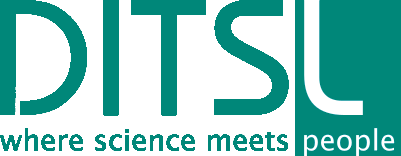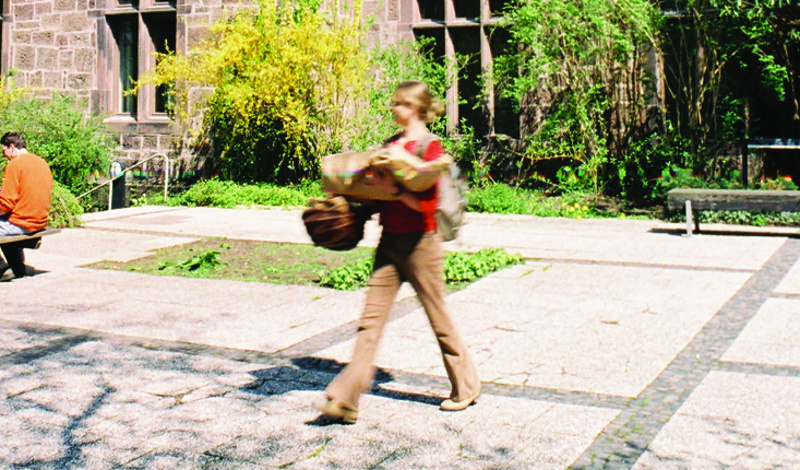Inventory Online
The DITSL offices, library, museum and the greenhouse for tropical crops are located on the Campus Steinstrasse 19-21 in Witzenhausen in an old monastery complex.
- DITSL/ethnographical collection/greenhouse:
Weitere Informationen:
Informationen gemäß § 5 TMG und § 55 RStV
DITSL GmbH (Deutsches Institut für Tropische und Subtropische Landwirtschaft)
Steinstr. 19
37213 Witzenhausen
Vertretungsberechtigter:
Geschäftsführer Dr. Christian Hülsebusch
Kontakt/Redaktion:
Dr. Christian Hülsebusch, DITSL GmbH
Tel.: +49 (0)5542 607 0
Fax: +49 (0)5542 607 39
E-Mail: Diese E-Mail-Adresse ist vor Spambots geschützt! Zur Anzeige muss JavaScript eingeschaltet sein!
HRB Eschwege: Nr. 2005
Steuernummer/Tax Identifier: DE 026 250 70681
USt.-ID/VAT ID: DE282213398
| Bank: | Sparkasse Werra-Meißner |
| Konto/Account: | 50 003 763 |
| BLZ: | 522 500 30 |
| BIC: | HELADEF1ESW |
| SWIFT: | HELADEFF |
| IBAN: | DE75 5225 0030 0050 0037 63 |
Redaktionelle Bearbeitung dieser Website:
Christian Hülsebusch
Brigitte Kaufmann
Ute Dietrich
technische Umsetzung/Verwaltung:
Jürgen Bierwirth
Bierwirth & Gabele SoftwareDesign GbR
Email: Diese E-Mail-Adresse ist vor Spambots geschützt! Zur Anzeige muss JavaScript eingeschaltet sein!
www.bg-softwaredesign.de
Fotos/Gestaltung:
DITSL
Inhalt:
Rechtliche Verantwortlichkeit im Sinne des EGG gem. §19, Abs. 1 HG: Christian Hülsebusch
Redaktionelle Verantwortlichkeit gemäß § 6 MDStV: Christian Hülsebusch
Hinweise:
Mit Urteil vom 12. Mai 1998 hat das Landgericht Hamburg entschieden, daß durch Einfügen eines Links die Inhalte der gelinkten Seite ggf. mit zu verantworten sind.
Dies kann, so das LG, nur dadurch verhindert werden, indem man sich ausdrücklich von diesen Inhalten distanziert.
Auf der Website der DITSL gGmbH werden Links zu anderen Seiten im Internet gesetzt.
Für alle diese Links gilt:
DITSL erklärt ausdrücklich, daß keinerlei Einfluß auf oder Verantwortung für die Gestaltung und die Inhalte der gelinkten Seiten besteht. Zur rechtlichen Absicherung distanzieren wir uns daher und hiermit ausdrücklich von möglichen diskriminierenden, gewaltverherrlichenden, pornographischen oder illegalen Inhalten der mit uns verlinkten Seiten oder solchen, die den Projektzielen von Integration und Toleranz entgegenstehen. Diese Erklärung gilt für alle auf unserer Internetpräsenz angezeigten Links und für alle Inhalte der Seiten, zu denen die bei uns gesetzten Links führen.
DITSL GmbH
Steinstraße 19
D-37213 Witzenhausen / Germany
Sekretariat / Office:
| Phone: | + 49 (0) 5542 / 607-0 |
| Fax: | + 49 (0) 5542 / 607-39 |
| E-Mail: | Diese E-Mail-Adresse ist vor Spambots geschützt! Zur Anzeige muss JavaScript eingeschaltet sein! |
Biblioteh / Library:
| Phone: | + 49 (0) 5542 / 607-13 |
| Fax: | + 49 (0) 5542 / 607-39 |
| E-Mail: | Diese E-Mail-Adresse ist vor Spambots geschützt! Zur Anzeige muss JavaScript eingeschaltet sein! |
Museum:
| Phone: | + 49 (0) 5542 / 607-21 |
| Fax: | + 49 (0) 5542 / 607-39 |
| E-Mail: | Diese E-Mail-Adresse ist vor Spambots geschützt! Zur Anzeige muss JavaScript eingeschaltet sein! |
Unterkategorien
About
Rangeland-based livestock production is a major land use system that contributes between 15 and 60 percent of the agricultural GDP in eastern and southern African countries. The growth of rangeland vegetation is highly variable in space and time, occurring in temporary patches.
Knowledge of rangelands is crucial to their management and strategic use of resources. Local communities have developed strategies that are grounded in cultural practices, stories, ethics, and norms specific to their area. These strategies also require access to up-to-date information on heterogenous and seasonal resource availability.
However, site-specific information on the condition and intensity of use of rangeland resources is rarely available or accessible to herders in real-time. Consequently, incomplete or outdated information is often the basis on which pastoralists make decisions.
Information and communication technologies (ICT) have enormous potential to provide easily accessible up-to-date information to increase efficiency based on spatial data generation, telemetry services, GPS navigation services, and mobile phone network services, reliably facilitated by an ever-growing system of private and public satellites.
To successfully co-develop technology, InfoRange uses a transdisciplinary approach to create the ICT solutions together with users in a way that embeds them in social innovations. Through an actor- and activity-oriented approach, we build on the knowledge of different involved actor groups to understand how their decision-making can be improved through ICT.
Linking digital solutions to the existing system offers opportunities for the community to improve their information gathering and sharing and make it more effective. In addition, digitization can facilitate communication between various stakeholders, such as veterinarians, authorities regulating water supply in pasture areas, or government agencies involved in other pastoral services.


